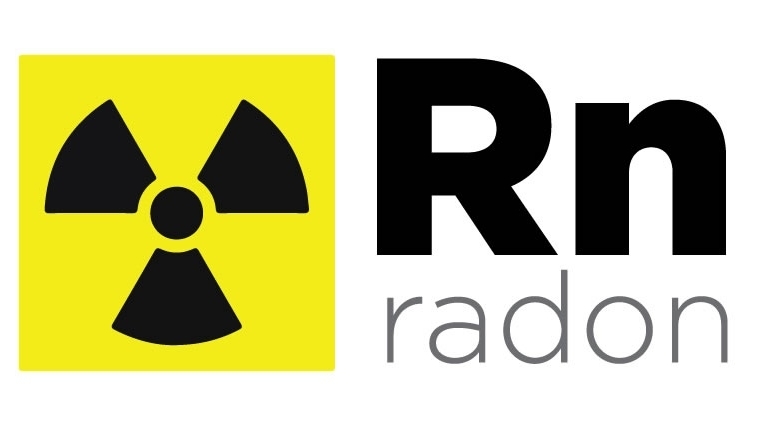Radon Gas is the Homeowner Threat You’ve Been Ignoring
House hunting is an exciting and stressful journey. There are thousands of things to consider, and it can get overwhelming very quickly. However, one important feature of homeownership that doesn’t get enough attention is testing for radon levels in your home.
Most homeowners and buyers know very little (and perhaps nothing at all) about radon gas. Let’s dig in deeper to understand radon gas levels and what this means to you as a homeowner or buyer:
What is radon gas?
Radon is a radioactive gas that you can’t see, smell or taste. It can make its way into your home undetected and can pose health risks once it’s in, depending on how high the levels are.
Why is it dangerous?
It’s the leading cause of lung cancer among non-smokers, and the second leading cause of lung cancer among smokers according to Health Canada. There’s no way to know from your own human senses whether the threat even exists in your home.
What does radon have to do with home ownership?
Almost all homes have some radon in them.
Yes, you read that correctly. However don’t panic just yet. The important question (which determines the level of threat) is how much radon is in your home. The only way to find out is to measure the radon levels by using proper testing methods.
When should I test?
Health Canada recommends that you test your home for at least 3 months between September and April because windows and doors are typically kept closed during that time, which can trap the gas inside.
How do I test radon levels?
Testing is easy and inexpensive—and could protect your family from serious health risks. Cost ranges from $25 to $75. Health Canada notes there are a variety of testing options including self-testing through kits from hardware stores and hiring a certified contractor.
If your radon level test results come in above the Canadian guideline of 200 Becquerel’s per metre cubed (Bq/m³), Health Canada recommends that you take measures to lower the level. Thankfully, lowering radon levels is a fairly straightforward process.
One method of reducing your radon levels is to install an exhaust pipe from the foundation of your house all the way to the top. Radon gas usually finds its way into your home through the foundation and soil underneath your house, so the exhaust pipe works as a vent to redirect the gas. The exhaust pipe uses a fan installed near the top of the outlet to suck the radon gas out from under your house and into the atmosphere, where it is quickly and safely diluted.
How can my REALTOR® help?
Your REALTOR® isn’t a stranger to the realities of radon gas and has great insights that will ease your worry. Don’t hesitate to consult your REALTOR® with your questions and concerns. They’re on your side, and will likely have contacts in place to make your process easier if you choose to test the radon levels in your home (whether you have it up for sale, or are a new home-buyer).
What else do I need to know?
To find out more on radon levels and homeownership, visit Take Action on Radon. You can also visit Health Canada’s Frequently Asked Questions (FAQs) on Radon for more details.
While radon gas can pose a real risk, don’t be too quick to panic. If these levels are important for you to know in your home buying or selling process, have a chat with your REALTOR® and discuss including radon level testing in the conditions of your purchase. If you’re currently selling, consider testing and having that information available to any interested buyers.
